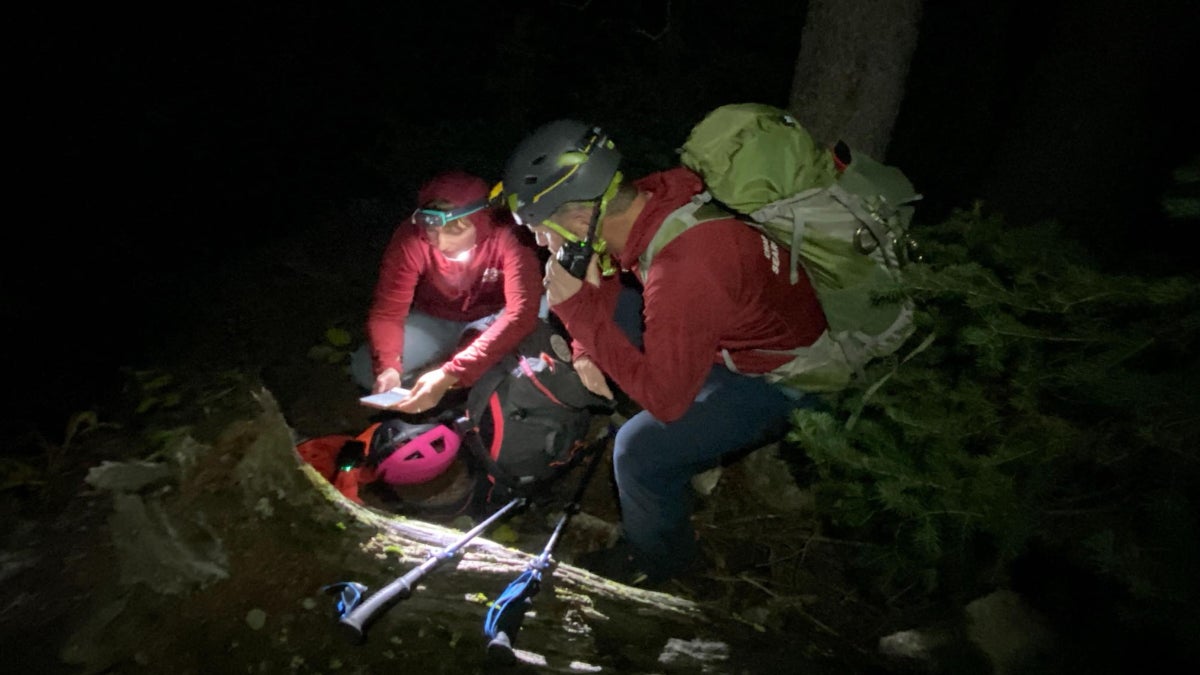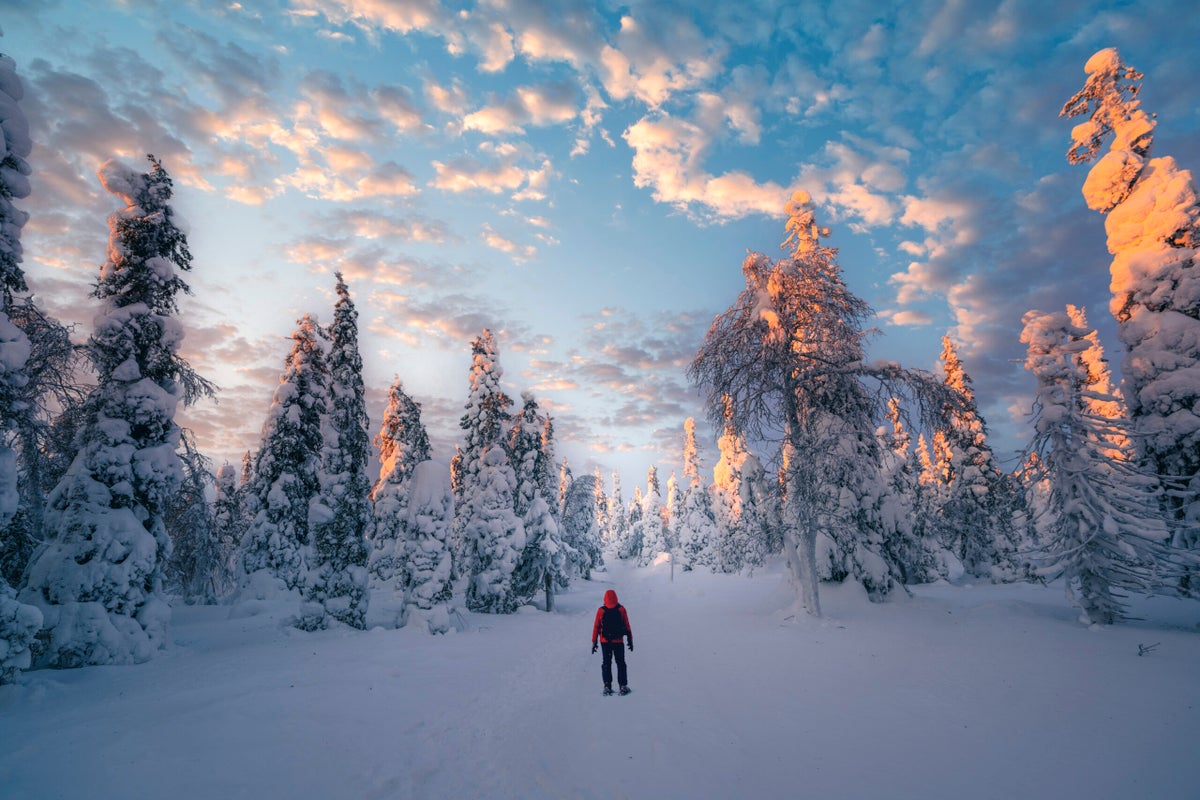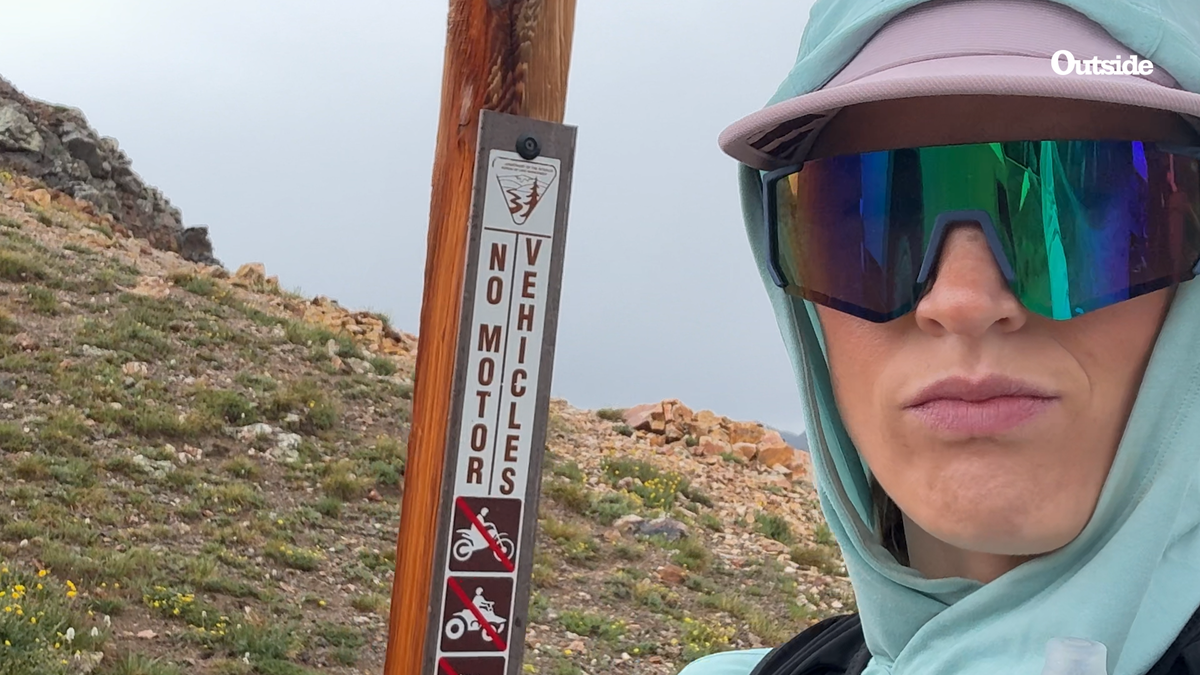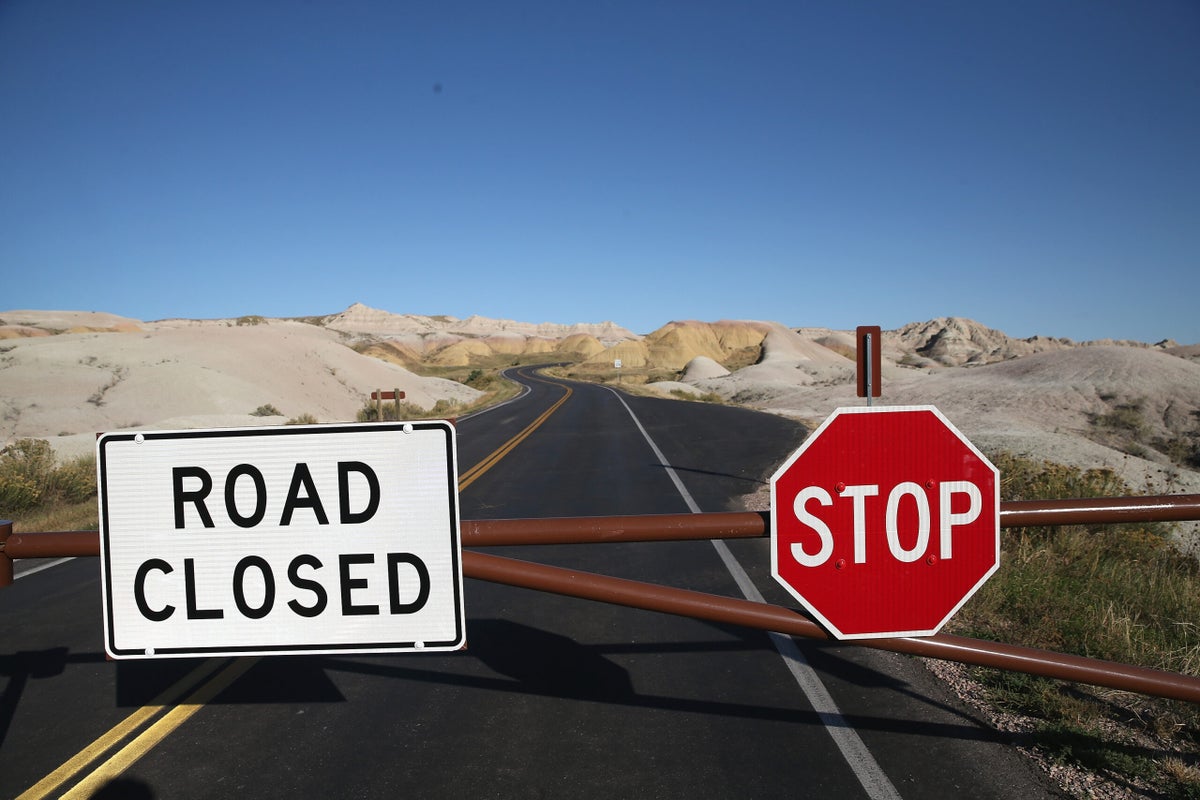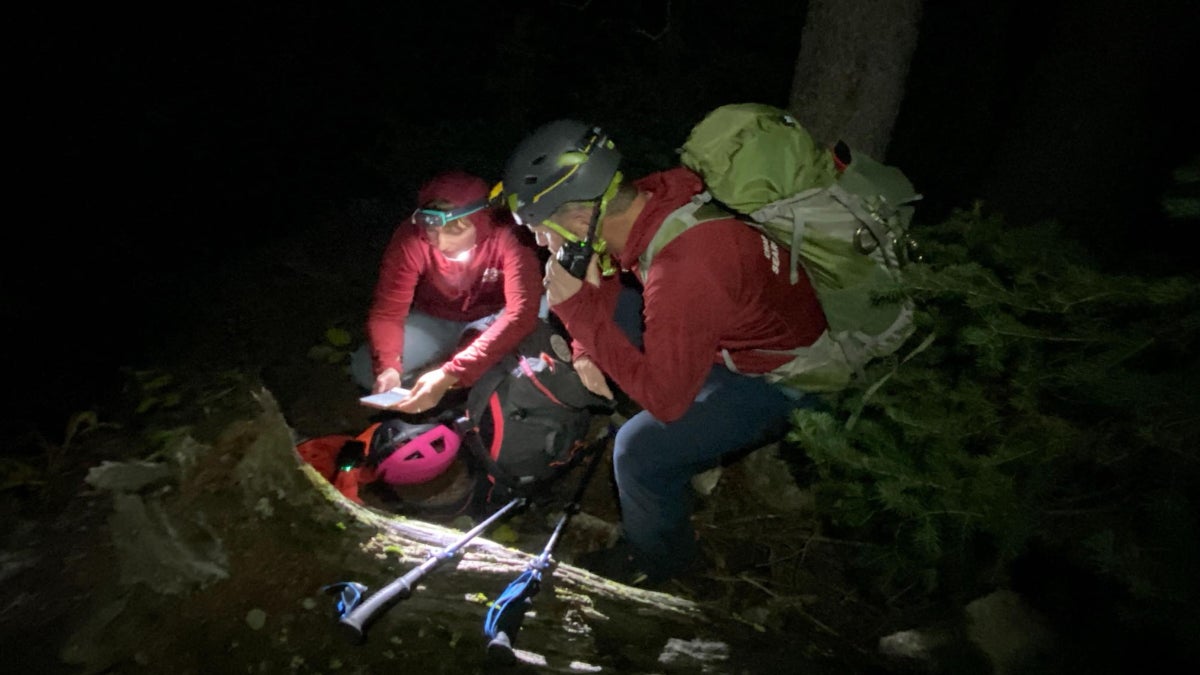
A hiker lost on one of Colorado’s 14ers, La Plata (14,336ft), was rescued by first responders on September 20. The hiker’s saving grace? Not a high-tech satellite messenger or locator beacon, but a simple emergency whistle.
Chaffee County Search and Rescue North (CCSARN) received a distress call reporting the missing hiker at 4:30 P.M., the group wrote in a Facebook post.
“The missing party had separated from the rest of the group to head back down to the trailhead,” CCSARN wrote, adding that the individual “was last seen around noon, and with inclement weather in the forecast, ground teams were fielded.”
Drones began to fly over the peak, scanning for the missing hiker, while teams scoured the mountainside on foot; however, they were unsuccessful for a while.
That’s when a member of one of the ground-based search and rescue teams heard the distinct sound of a whistle coming from a drainage to the east of La Plata’s standard northwest ridge route.
“The team continued up the drainage to investigate the sound, and the missing hiker was found 30 minutes later,” reported CCSARN. By 1:00 A.M., all search and rescue personnel had left the mountain.
While advanced safety technology like personal locator beacons, satellite messenger devices, and smartphones equipped with off-grid SOS functionality are often seen as the most crucial components of a hiker’s emergency kit, this scenario highlights the fact that there are many ways to call for help, and a combination of low-tech and high-tech tools makes for the most reliable safety kit.
The September 20 rescue is far from the only example of an injured or lost individual being saved simply by making a lot of noise. In July, a solo climber in Washington fell down a glacier, severely injuring himself. He was unable to move, but after his yells attracted another party across the canyon, they used a satellite messenger to facilitate a rescue. Later that month, a camper in British Columbia inadvertently initiated a search and rescue operation on himself after singing too loudly.
CCSARN explained that the incident “serves as a reminder to carry various forms of attraction,” adding “the subject’s continuous whistle-blowing helped bring a safe ending to a potentially serious situation.” The subject’s continuous whistle-blowing helped bring a safe ending to a potentially serious situation.”
Why a Whistle?
Why are whistles so effective? For one, the sound of a whistle is hard to mistake—it’s universally recognized as a cry for help or attention. A whistle’s high-pitched, piercing sound also travels farther—and cuts through ambient sounds like wind and rushing water—much more efficiently than the lower frequency of a human voice.
Blowing a whistle, instead of yelling, also conserves energy. Shouting for hours leads to exhaustion and dehydration, and chances are, if you’re in a situation where you need to be blowing a whistle, you’re already pretty exhausted.
Whistles are also nearly foolproof. They can’t run out of battery, can’t break, and weigh next to nothing. Ensure that any emergency whistle you purchase is rated to produce at least 120 decibels of noise, meaning it can carry up to two miles.
To use your rescue whistle, blow three short blasts (two to three seconds each) with a brief pause in between. Then wait for a few seconds, and repeat the signal. This is the universal “SOS” distress signal for a backcountry emergency. As you blow, remember to take deep breaths, blowing long and steady. If possible, position yourself in a flat, open area with minimal tree cover, rocks, cliffs, or other obstructions that may block the sound of the whistle. And don’t stop blowing! [.] You never know when someone may come within earshot.
The post This Small, Low-Tech Piece of Equipment Might Be Your Kit’s Most Important appeared first on Outside Online.










